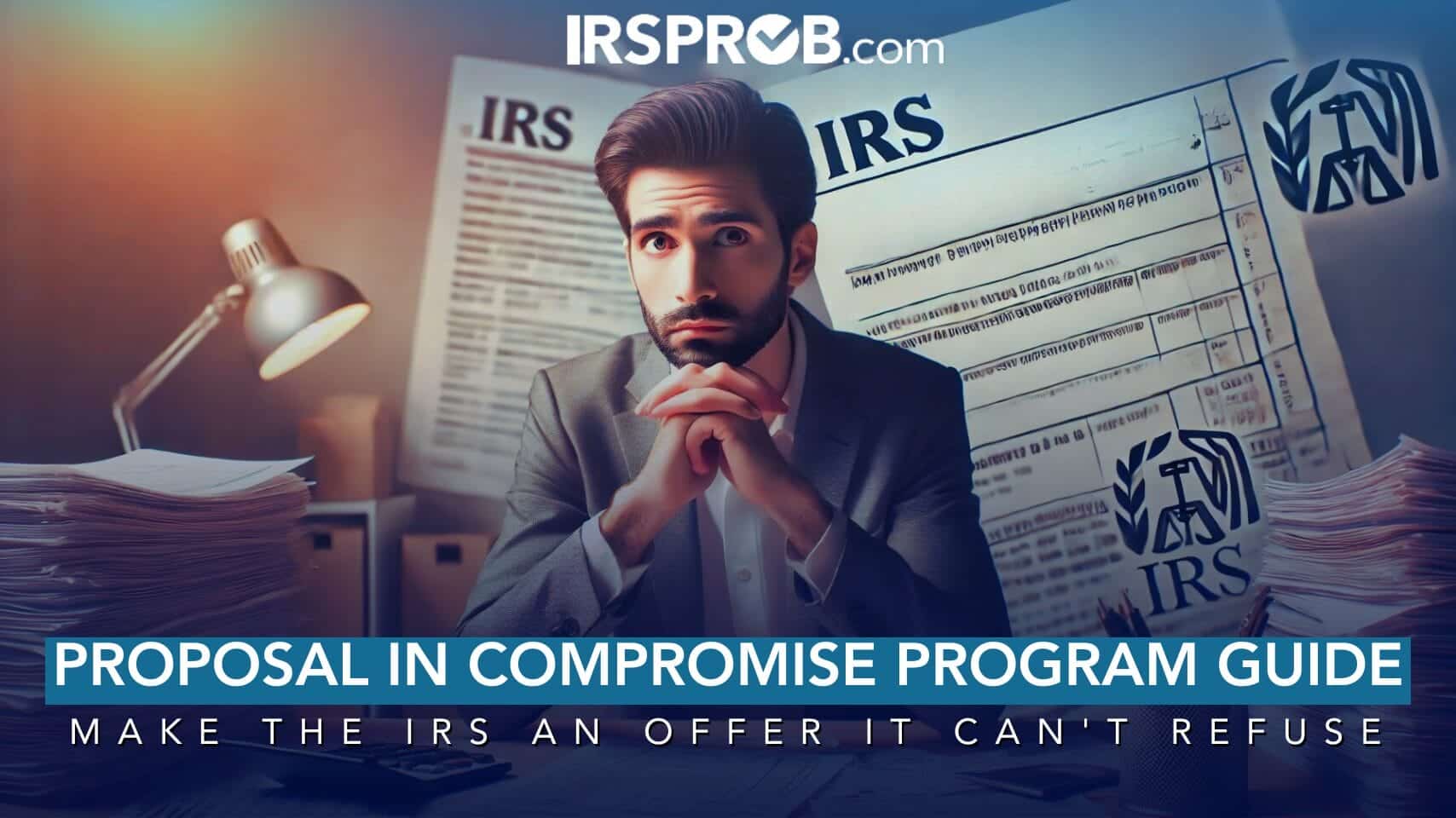
If you find yourself in a dispute with the IRS over a significant tax debt, you might feel like there’s no way out. The good news is, the IRS offers a potential solution through its Offer in Compromise (OIC) program, which allows you to settle your debt for less than the full amount owed. However, it’s important to understand that the IRS doesn’t just hand out deals—there are strict qualifications and conditions to meet. Here’s what you need to know to make an offer the IRS can’t refuse.
What Is an Offer in Compromise?
An Offer in Compromise is an agreement between you and the IRS that settles your tax liability for less than the full amount owed. It’s not an easy path, but if approved, the IRS agrees to stop pursuing you for back taxes. However, getting accepted into the OIC program requires more than simply filling out a form and hoping for the best.
Qualification Basics
Before you even consider submitting an offer, make sure you meet these baseline requirements:
- All tax returns must be filed: This includes both personal and business tax filings.
- Estimated tax payments need to be made: For the current year, you must be up to date on all required payments.
- Payroll tax deposits for the current quarter: If you’re a business owner, ensure payroll tax deposits are up to date.
Failing to meet any of these obligations will disqualify you from the OIC program right from the start.
How to Apply for an Offer in Compromise
To make a formal offer, you’ll need to fill out two critical forms: Form 433-A (for individuals) or Form 433-B (for businesses) and Form 656. These forms ask for detailed information on your income, assets, debts, living expenses, and more. In some cases, if you believe the IRS has assessed your tax liability incorrectly, you may also need to file Form 656-L.
Beyond the paperwork, applying for an OIC involves submitting a non-refundable $205 application fee along with the first payment toward your proposed settlement. Low-income applicants may qualify for a waiver of this fee.
The Importance of Reasonable Collection Potential (RCP)
When you submit your offer, the IRS will calculate your Reasonable Collection Potential (RCP) to determine whether they will accept your offer. The RCP includes:
- Anticipated future income, minus allowances for basic living expenses.
- Balances in financial accounts.
- Assets like real estate or vehicles that could be sold.
Your offer must meet or exceed this RCP for the IRS to even consider it. Essentially, the IRS won’t accept less than they believe they can collect from you over time.
Grounds for Acceptance
The IRS will consider an OIC under three specific conditions:
- Doubt as to liability: There’s legitimate doubt that the tax amount assessed is accurate.
- Doubt as to collectibility: The IRS believes it’s unlikely they’ll collect the full amount.
- Effective tax administration: Full payment would cause undue economic hardship, or it would be unfair or inequitable to require payment in full.
Potential Roadblocks
Even if you submit a solid offer, the IRS might return your application under certain circumstances. Here are some common issues:
- Incomplete or missing information on the application.
- Missing tax returns.
- Unpaid estimated tax payments for the current year.
- A pending bankruptcy proceeding.
- An unresolved case with the Department of Justice.
If your application is returned, don’t lose hope—you can reapply once these issues are addressed.
Alternatives to the Offer in Compromise
The OIC program isn’t the only way to settle your debt with the IRS. If you don’t qualify or your offer is rejected, consider these alternatives:
- Installment Payment Plans: If you can’t pay your full tax liability within 120 days, the IRS offers installment agreements. This allows you to pay off your debt over time in manageable monthly payments.
- Partial Payment Installment Agreement: If you don’t qualify for an OIC but can’t afford to pay your tax bill in full, this option lets you pay less than the total owed over time.
- Currently Not Collectible Status: If you’re facing severe financial hardship and can’t make any payments, the IRS may temporarily halt collection efforts by declaring your account “currently not collectible.” However, this status is not permanent and will be revisited periodically.
Conclusion
An Offer in Compromise can provide a much-needed resolution if you’re struggling with IRS debt, but it’s not a simple process. Understanding the requirements and being prepared with accurate financial information is crucial. For business owners, ensuring payroll taxes and current-year obligations are up to date is just the first step. If the OIC program isn’t right for you, installment plans and other options can still offer a path forward.
With the right strategy, you can manage your IRS debt and get back to focusing on what really matters—running your business. If you’re unsure where to begin, consider consulting a tax professional to guide you through the process and help you make the best decision for your financial situation.






